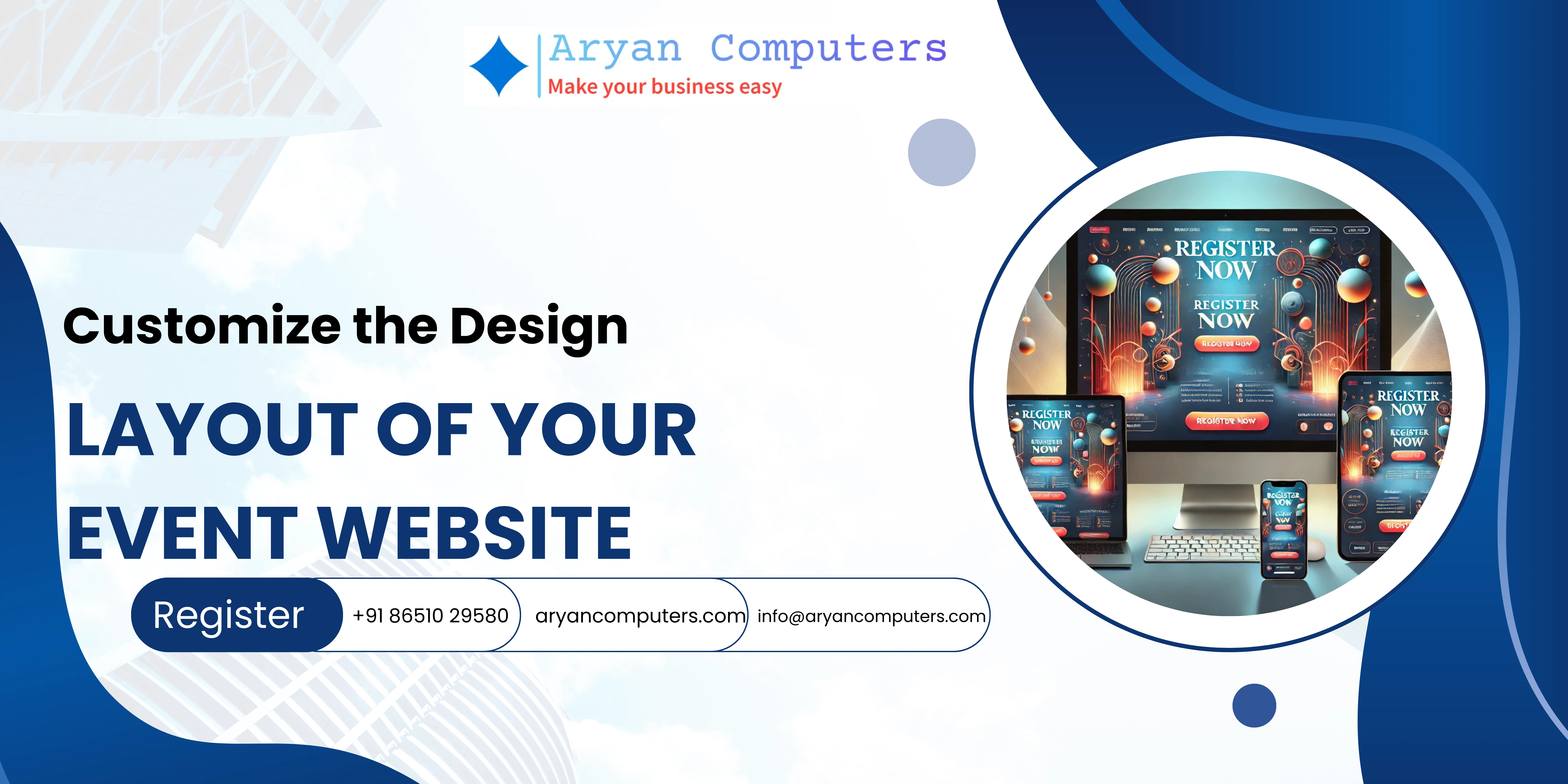Creating an event website that reflects your theme, engages your audience, and drives registrations is crucial in today's digital age. Customizing the design and layout ensures your website stands out and provides a seamless user experience. Here’s how you can achieve it:
1. Choose the Right Platform
Start by selecting a platform that supports customization, such as WordPress, Wix, or custom development using HTML/CSS. Look for templates tailored for events to speed up the design process.
2. Tailor Your Theme to the Event
- Match colors, fonts, and imagery to the event theme.
- Use vibrant tones for celebrations or formal palettes for corporate events.
3. Optimize the Layout for User Experience
- Highlight essential details: date, time, venue, and agenda.
- Ensure smooth navigation with intuitive menus and sections.
4. Add Interactive Elements
- Include RSVP or registration forms.
- Use countdown timers for urgency.
- Incorporate live chat for instant queries.
5. Mobile-First Design
With a majority of users accessing websites via mobile devices, ensure your design is responsive and loads quickly.
6. Integrate Multimedia
- Add videos or slideshows showcasing previous events.
- Use high-quality banners and background images to captivate visitors.
7. Test and Iterate
Before launching, test your site across devices and browsers. Gather feedback from colleagues or a focus group to make final adjustments.

